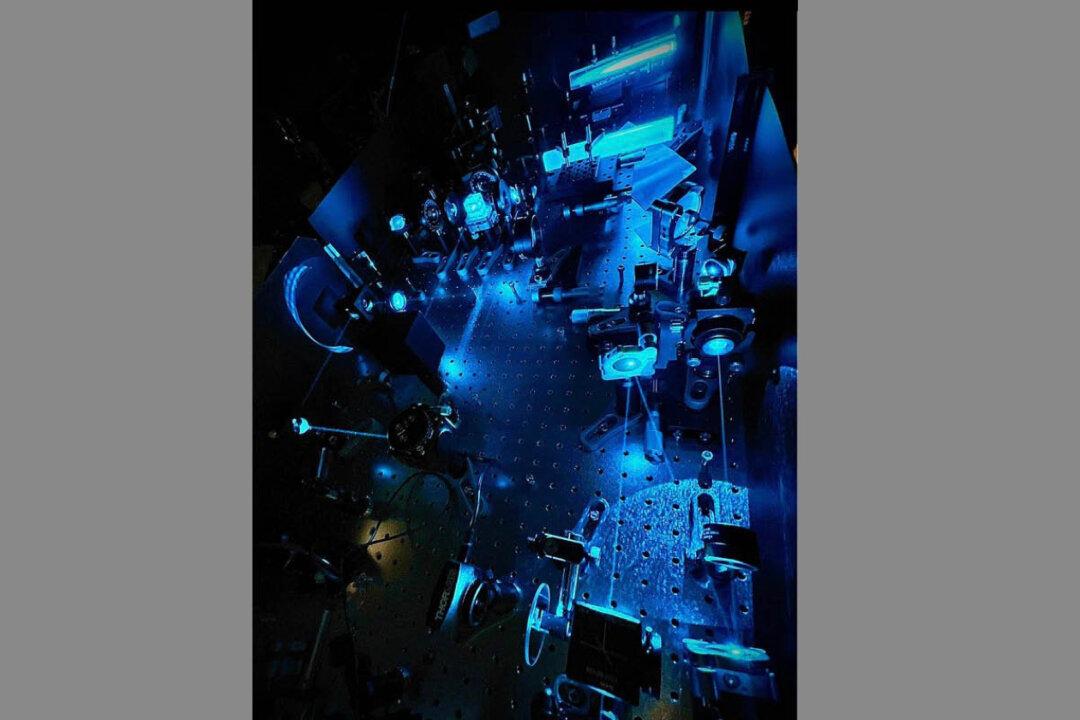A research team from the Department of Electrical and Electronic Engineering of Hong Kong University (HKU) and the University of California, Berkeley developed an ultrafast microscopic imaging technique that is at least 100 times faster than the usual advanced technique. For the first time, the researchers have captured clear images of red blood cells (RBC) circulating in the brain of an awake mouse, facilitating knowledge of cerebral hemodynamics. The study was published in the Proceedings of The National Academy of Sciences (PNAS) in June.
The cross-faculty research team is led by Professor Ji Na, Department of Molecular and Cell Biology of University of California, Berkeley, and Professor Tsia, Kevin Kin-man, Department of Electrical and Electronic Engineering of HKU and Project-in-charge of Biomedical Engineering. The team is comprised of engineers and neuro-biologists.





